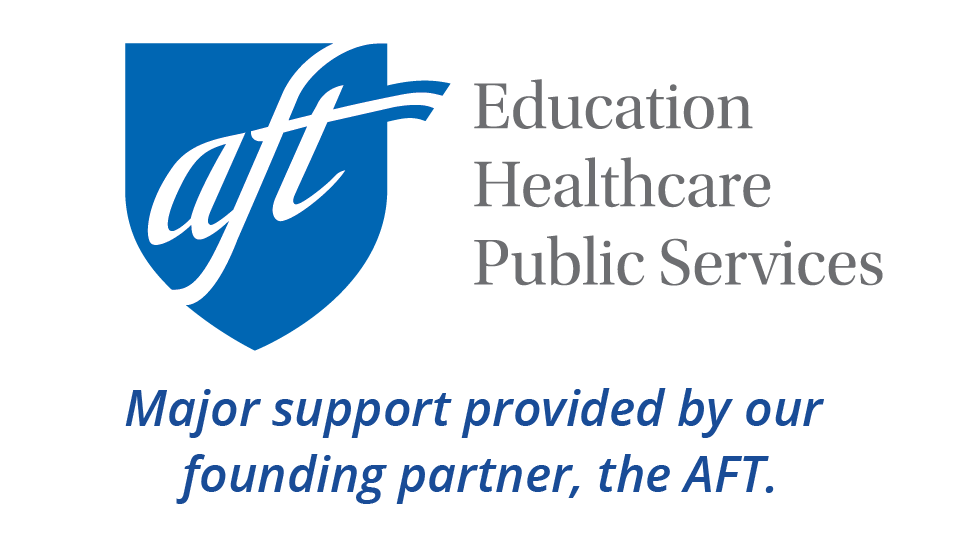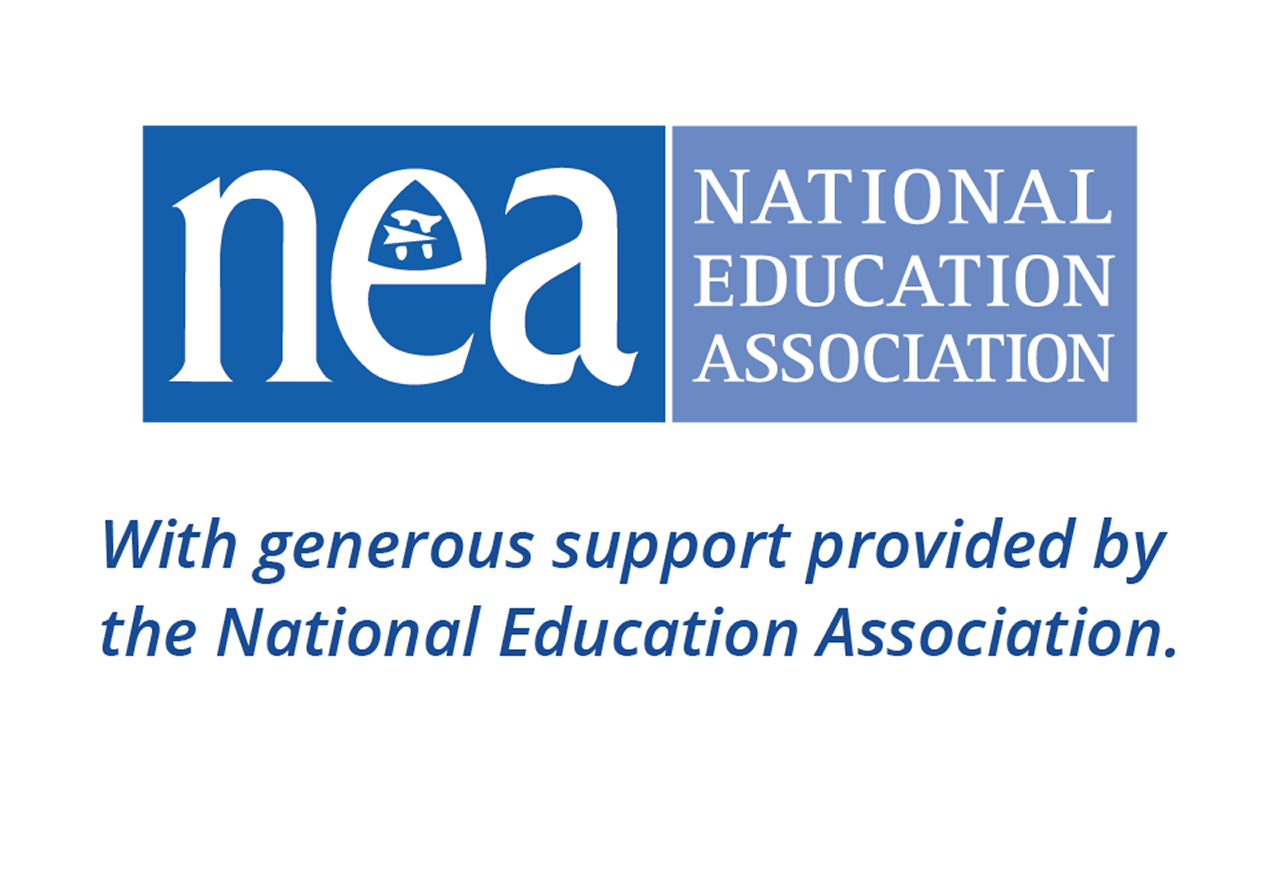Challenges in Special Education Identification for ELLs

There are a number of reasons why English language learners (ELLs) end up in special education programs even when it's unnecessary; there are also a number of reasons why ELLs may not receive the services they need for disabilities. This section explores the decisions and assumptions that can lead to the under- and over-identification of ELLs in special education.
Featured Articles
Related Video
Guides and Toolkits
Research and Reports
Recommended Resources
Who Are English Language Learners with Disabilities? (Impact: University of Minnesota, 2013)
Acknowledgements
This resource section was made possible through our partnership with the National Education Association. Additional support was provided by the American Federation of Teachers.

















